Walmart Expands Drone Delivery to Metro Atlanta, Signaling a New Phase in Last-Mile Fulfillment
Reading Time: 4 minutesWalmart is accelerating its push into next-generation fulfillment by expanding its drone…
The potential benefits of multichannel eCommerce are vast if you do it the right way. As an online seller you might agree with the fact that- increased visibility and customer reach to enhanced brand recognition and revenue growth are all outcomes of strategic multichannel eCommerce sales management.
But, hold up! This isn’t about randomly setting up shop everywhere. Navigating the multichannel sphere demands a combination of strategies. Precisely, a well-thought-out plan that takes into account the unique dynamics of each channel while ensuring coherence across them all.
In this article, we will explore the key considerations for growing your multichannel eCommerce sales. The focus is to equip you with insights and tactics to effectively capitalize on this rising opportunity in today’s retail landscape. So let’s dive in!
Each platform has its own set of requirements and characteristics, and tailoring product information accordingly can make a significant difference in your online presence. For example, while a certain platform may prioritize high-quality images, another might place more emphasis on detailed product descriptions.
By understanding these requirements and adapting your content strategy accordingly, you can enhance your visibility and appeal to diverse customer preferences. Moreover, customized product information can also contribute to building brand credibility and trust. When customers perceive consistent and relevant details about your products across different channels, it reinforces their confidence in your offerings. This not only fosters loyalty but also encourages repeat purchases and positive word-of-mouth referrals.
When it comes to multichannel selling, dynamic pricing is a highly effective strategy. This involves adjusting prices in real-time based on market demand, competition, and other relevant factors. By utilizing technology and data analytics, sellers can optimize their pricing across different sales channels to remain competitive and maximize profits.
Another valuable approach is value-based pricing, which focuses on the perceived value of the product or service rather than simply matching competitors’ prices. This strategy allows businesses to emphasize the unique benefits of their offerings, creating a compelling reason for customers to purchase at a premium price.
Additionally, using psychological pricing can influence consumer perception without significantly impacting profit margins. For example, pricing a product at $9.99 creates more impact than pricing it at $10. These subtle yet impactful strategies not only attract potential customers but also encourage repeat purchases through strategic placement across multiple sales channels.
When it comes to multichannel inventory management for online sellers, utilizing centralized inventory management integrations can be a game-changer. By consolidating all your inventory data from various sales channels on one dashboard, you can gain a comprehensive view of stock levels and sales trends. This enables more accurate demand forecasting and helps prevent overselling or stockouts.
Additionally, leveraging automation in inventory management can save time and reduce human error. Setting up automatic reorder points based on historical sales data can help you stay ahead of stock fluctuations and ensure seamless fulfillment across all channels.
When building an eCommerce brand, it’s crucial to recognize the significance of every channel – be it social or sales. Social channels provide a platform for engaging and connecting with potential customers on a personal level. It allows the brand to cultivate a community, share compelling content, and showcase authentic experiences that resonate with the audience.
On the other hand, sales channels are essential for driving revenue and converting leads into customers. Each touchpoint in the sales channel represents an opportunity to guide potential buyers through their purchasing journey.
Moreover, overlooking any channel may result in missed opportunities to connect with different segments of your target audience. By integrating both social and sales channels effectively, businesses can create a seamless customer experience throughout the entire buying process.
CedCommerce is a leading multichannel enabler that helps online merchants expand their business to international marketplaces like Amazon, Walmart, eBay, Google, TikTok, Meta and much more via secure, optimized, and scalable integration tools and technologies.
Utilize CedCommerce’s expertise and comprehensive resources to efficiently manage your inventory and product listings on multiple platforms, ensuring a seamless and productive sales process. Partner with our platinum certified WooCommerce specialists to strategically increase your multichannel eCommerce sales.
Get in touch with our highly skilled WooCommerce professionals to enhance your brand’s growth now.
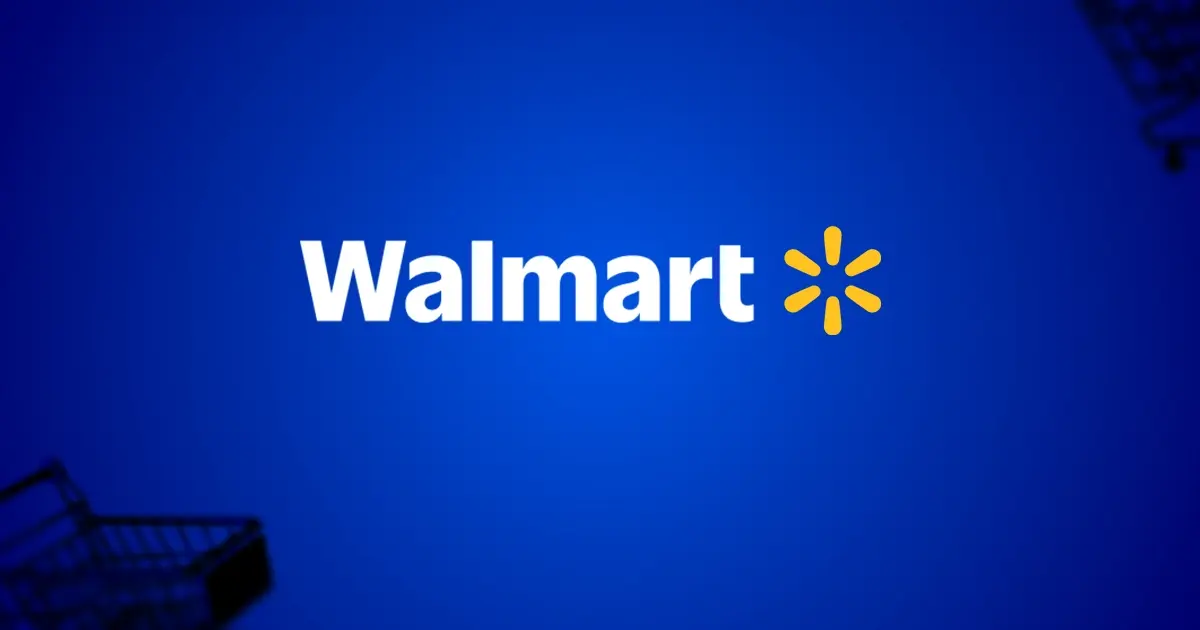
Reading Time: 4 minutesWalmart is accelerating its push into next-generation fulfillment by expanding its drone…

Reading Time: 4 minutesFaire, the fast-growing wholesale marketplace connecting independent retailers with emerging brands, has…

Reading Time: 4 minutesB2B buying in the United States is undergoing a fundamental behavioral shift…
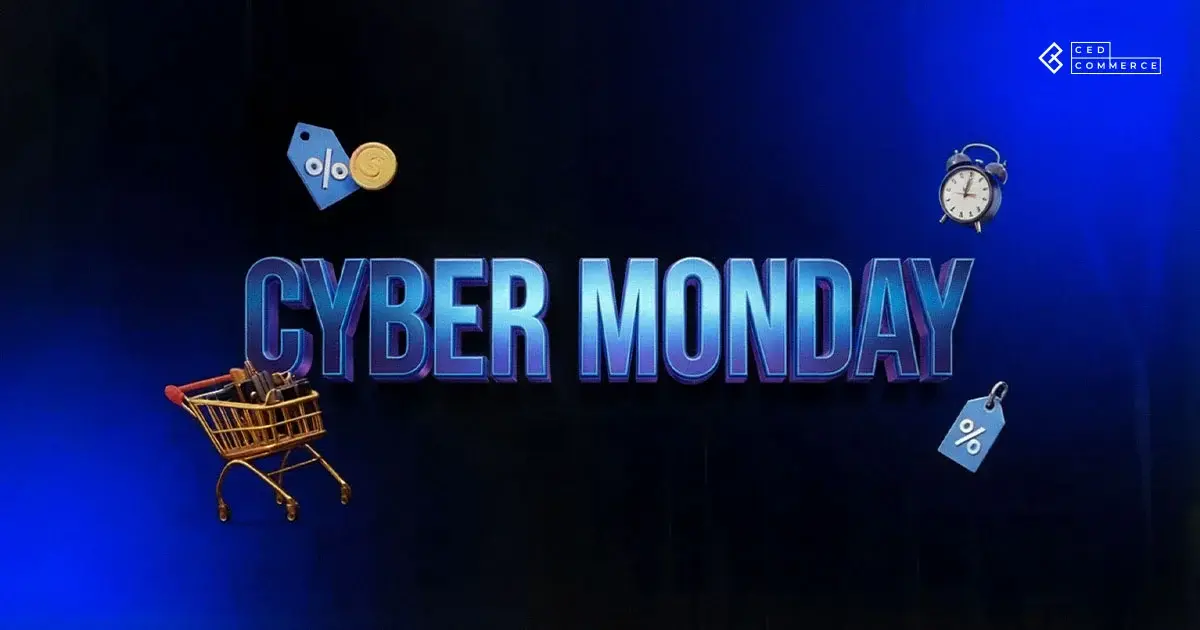
Reading Time: 3 minutesSummary Cyber Monday 2025 has officially become the largest online shopping day…
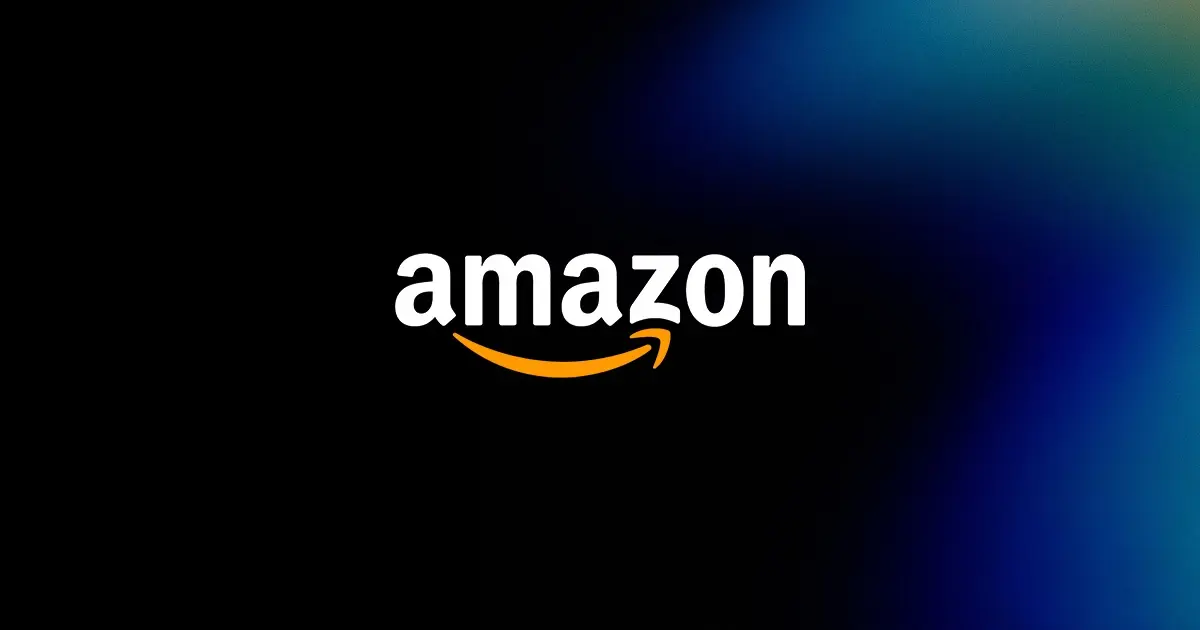
Reading Time: 2 minutesSummary Amazon kicked off December with two major developments shaping the future…

Reading Time: 2 minutesSummary Walmart has entered December with two major moves that signal a…

Reading Time: 2 minutesBlack Friday 2025 delivered the strongest U.S. eCommerce performance in history, as…
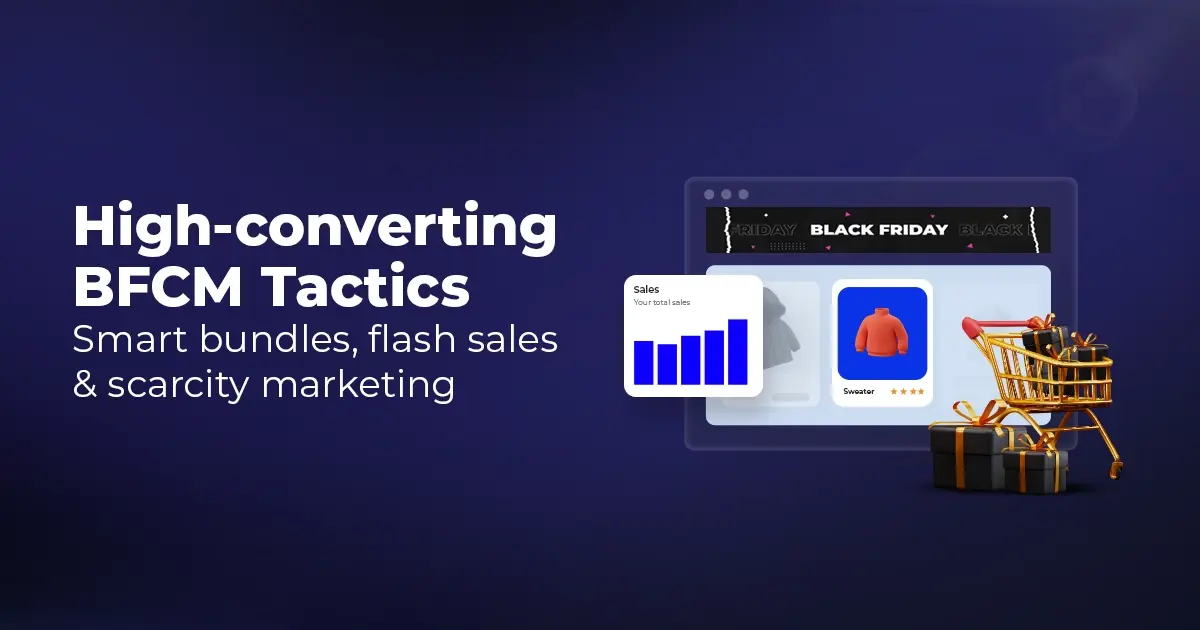
Reading Time: 13 minutesStill approaching BFCM with generic discounts, last-minute price cuts, or scattered promotions?…

Reading Time: 3 minutesTikTok Shop reached a major milestone during its largest U.S. “Global Black…

Reading Time: 3 minutesOpenAI has announced a new AI-powered shopping research tool designed to help…

Reading Time: 9 minutesIf your TikTok Shop listings often sit in review or your visibility…

Reading Time: 3 minutesAmazon has rolled out a new “Seller Challenge” feature for eligible Account…

Reading Time: 3 minutesWalmart Marketplace has sharpened its requirements around product classification (category, type group,…

Reading Time: 3 minutesJust ahead of Black Friday, Amazon is enforcing tighter controls on its…

Reading Time: 11 minutesWhere holiday prep of past years focused on legacy channels like Amazon,…
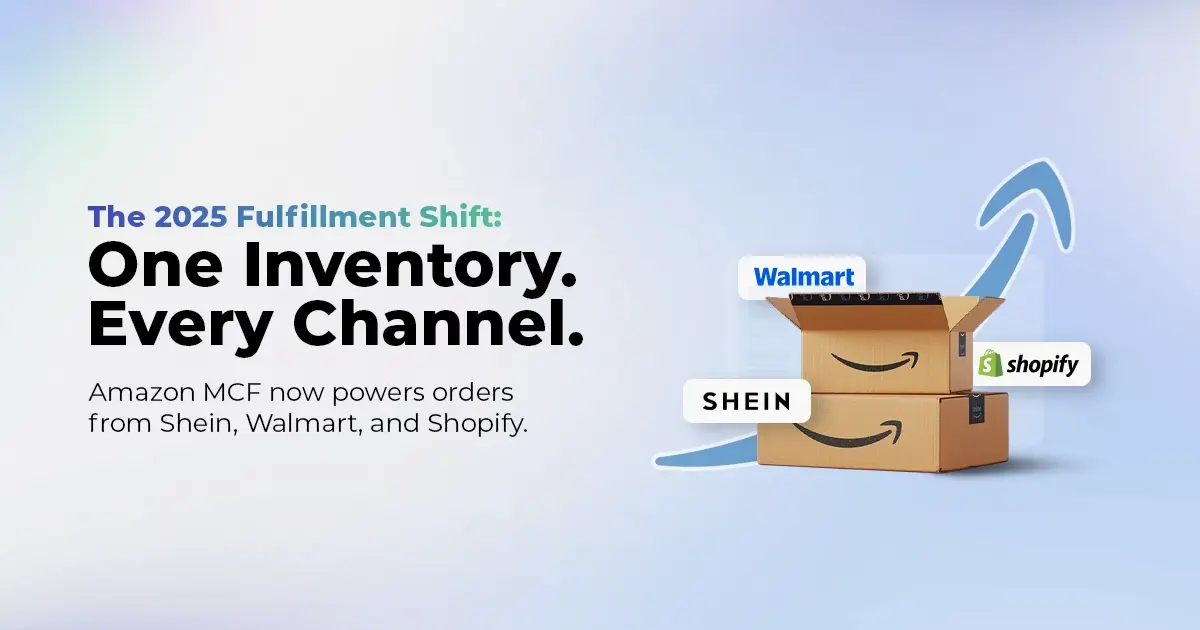
Reading Time: 11 minutesThe eCommerce shift you actually need to act on Multi-channel fulfillment has…

Reading Time: 10 minutesBlack Friday Cyber Monday (BFCM) isn’t a weekend anymore; it’s a two-month…

Reading Time: 2 minuteseBay is quietly testing a new feature that could reshape how buyers…

Reading Time: 2 minutesAmazon is stepping into a new era of value commerce with the…
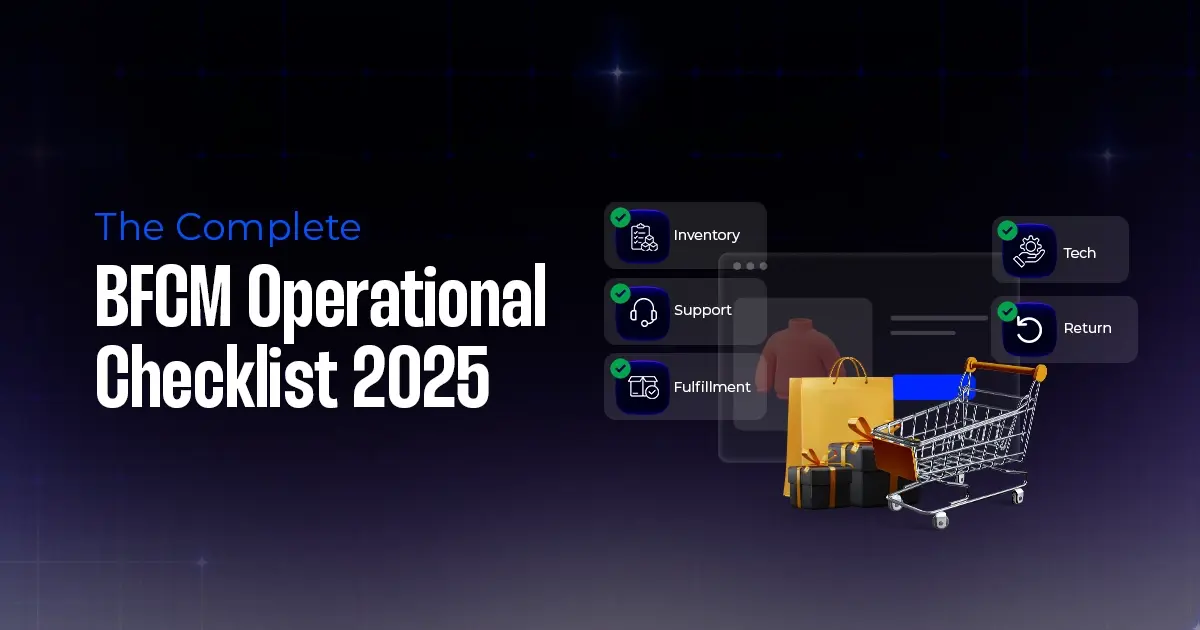
Reading Time: 11 minutesThe $240 Billion BFCM Opportunity & Why Operations Matter Every seller, business,…